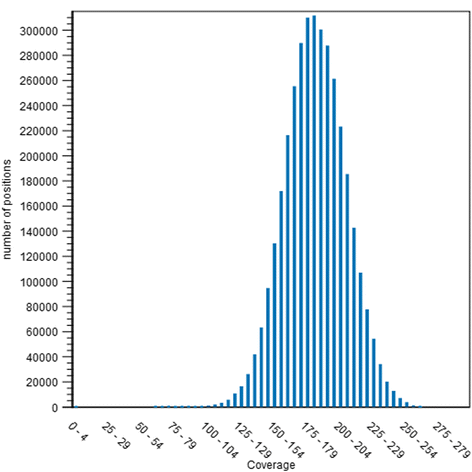

- #Clc genomics workbench reference human genome how to
- #Clc genomics workbench reference human genome download
#Clc genomics workbench reference human genome download
The output trimmed fastq files are also stored in this directory.įor this next step, you will first need to download the reference genome and annotation file for Glycine max (soybean). common/RNASeq_Workshop/Soybean/Quality_Control as the file sickle_soybean.sh. The script for running quality control on all six of our samples can be found in sickle se -f SRR391535.fastq -t sanger -o trimmed_SRR391535.fastq -q 35 -l 45 The trimmed output files are what we will be using for the next steps of our analysis.

The -f flag designates the input file, -o is the output file, -q is our minimum quality score and -l is the minimum read length. We are using unpaired reads, as indicated by the “se” flag in the script below. Step one is to perform quality control on the reads using Sickle. Quality Control on the Reads Using Sickle: module load sratoolkit/2.8.1 fastq-dump SRR391535 The fastq files themselves are also already saved to this same directory. common/RNASeq_Workshop/Soybean/Quality_Control as the file fastq-dump.sh. SRA files and converting them to fastq can be found in They can be found in results 13 through 18 of the following NCBI search:

The samples we will be using are described by the following accession numbers SRR391535, SRR391536, SRR391537, SRR391538, SRR391539, and SRR391541. The Bench Scientist’s Guide to statistical Analysis of RNA-Seq Data The paper that these samples come from (which also serves as a great background reading on RNA-seq) can be found here: Each condition was done in triplicate, giving us a total of six samples we will be working with. The data we will be using are comparative transcriptomes of soybeans grown at either ambient or elevated O 3 levels. The packages we’ll be using can be found here: Page by Dister Deoss Most of this will be done on the BBC server unless otherwise stated. We will be going through quality control of the reads, alignment of the reads to the reference genome, conversion of the files to raw counts, analysis of the counts with DeSeq2, and finally annotation of the reads using Biomart.
#Clc genomics workbench reference human genome how to
This tutorial will serve as a guideline for how to go about analyzing RNA sequencing data when a reference genome is available.


 0 kommentar(er)
0 kommentar(er)
